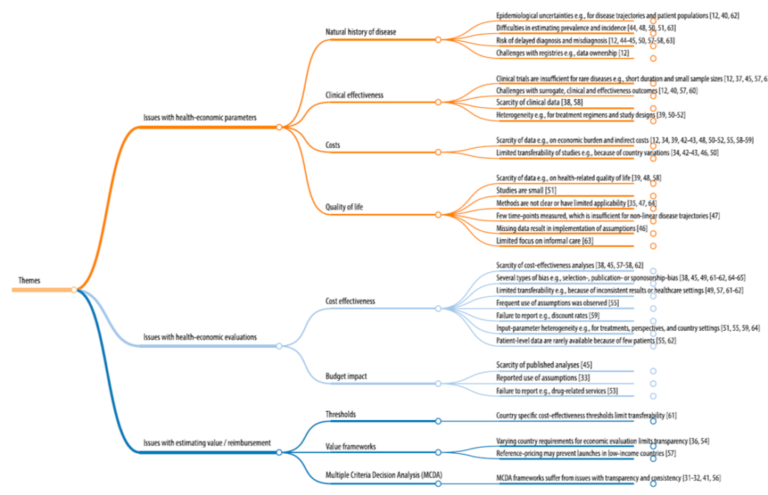
There is a major gap between commercial health plans with the highest and lowest customer satisfaction rankings, a new report showed.
The J.D. Power 2024 U.S. Commercial Member Health Plan Study, released Wednesday, measured member satisfaction of 147 health plans in 22 regions of the U.S. Member satisfaction was based on eight dimensions: getting services when and how they want; digital channels; ease of doing business; saving time and money; people; product/coverage offerings; resolving problems or complaints; and trust. The study received responses from 29,188 commercial health plan members. This is the 18th year J.D. Power has done this report.
It found that overall satisfaction with commercial health plans is 565 points on a 1,000-point scale (3 points higher than 2023). However, there is a 79-point difference in customer satisfaction between the top and bottom-ranked health plans. The report noted that overall satisfaction scores for the top-performing plans increased 20 points this year, while satisfaction scores decreased 8 points for the lowest-performing plans.
The gaps in customer satisfaction scores between the highest and lowest-performing plans are biggest when looking at the saving time and money dimension (87 points), getting services when and how they want dimension (84 points) and the trust dimension (84 points).
Digital channels are particularly challenging for commercial health plans. The overall satisfaction score for commercial health plan digital experience was 565 points. This is lower than other industries, including mortgage origination (730 points), direct banking (718 points), telehealth (698 points) and Medicare Advantage (652 points).
“On a year over year basis, I am surprised to see that nationally, health plans, on average, are not keeping up with other industries with respect to moving the needle in digital transformation,” said Christopher Lis, managing director, global healthcare intelligence at J.D. Power., in an email. “Most of the commercial health plan industry is still grappling with making digital tools easy to find, easy to use, and valuable, unlike the banking/financial services sector, for example, which figured out how to make these tools very valuable to most consumers many years ago. Healthcare organizations that are slow to adopt digital will be at risk of losing market share in the future ahead.”
There are also longer wait times for consumers covered by the lowest-ranked plans, the report found. The average wait time to see a specialist is 22 days, while the average wait time to get an annual physical exam is 15 days. For low-performing plans, these wait times are 25 days and 18 days, respectively.
“In many cases, employer-sponsored health insurance is consumers’ primary window into the healthcare system,” Lis said in a statement. “Access to care, cost of care, chronic condition management — the central pillars of the consumer healthcare experience — are all heavily influenced by commercial health plans. That’s why it’s so concerning that J.D. Power sees such a large gap in overall performance between plans across everything from cost to digital tools to provider choice.”
Photo: Tero Vesalainen, Getty Images






